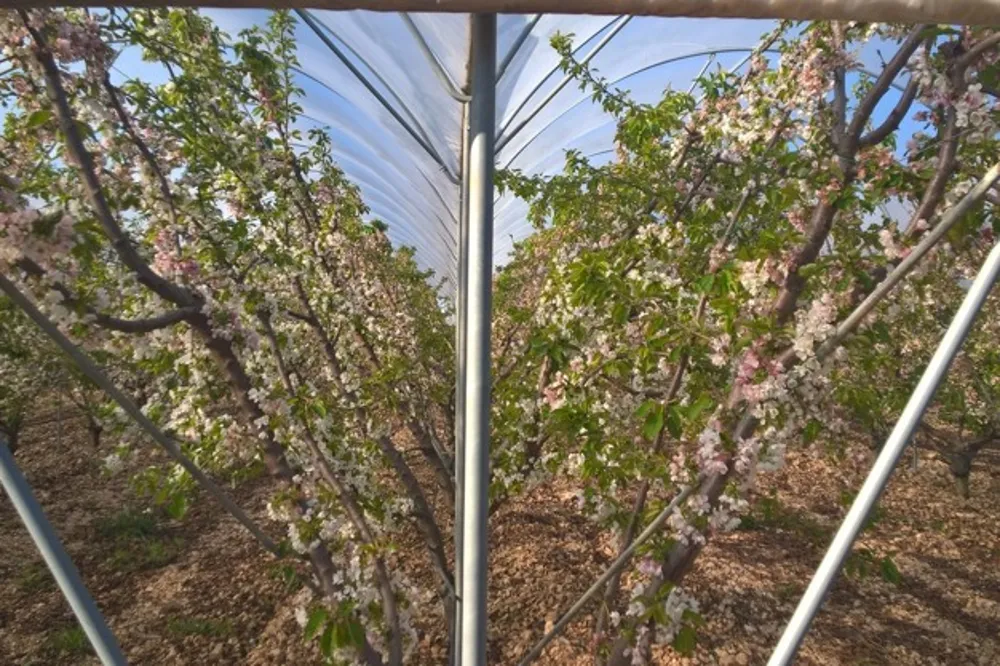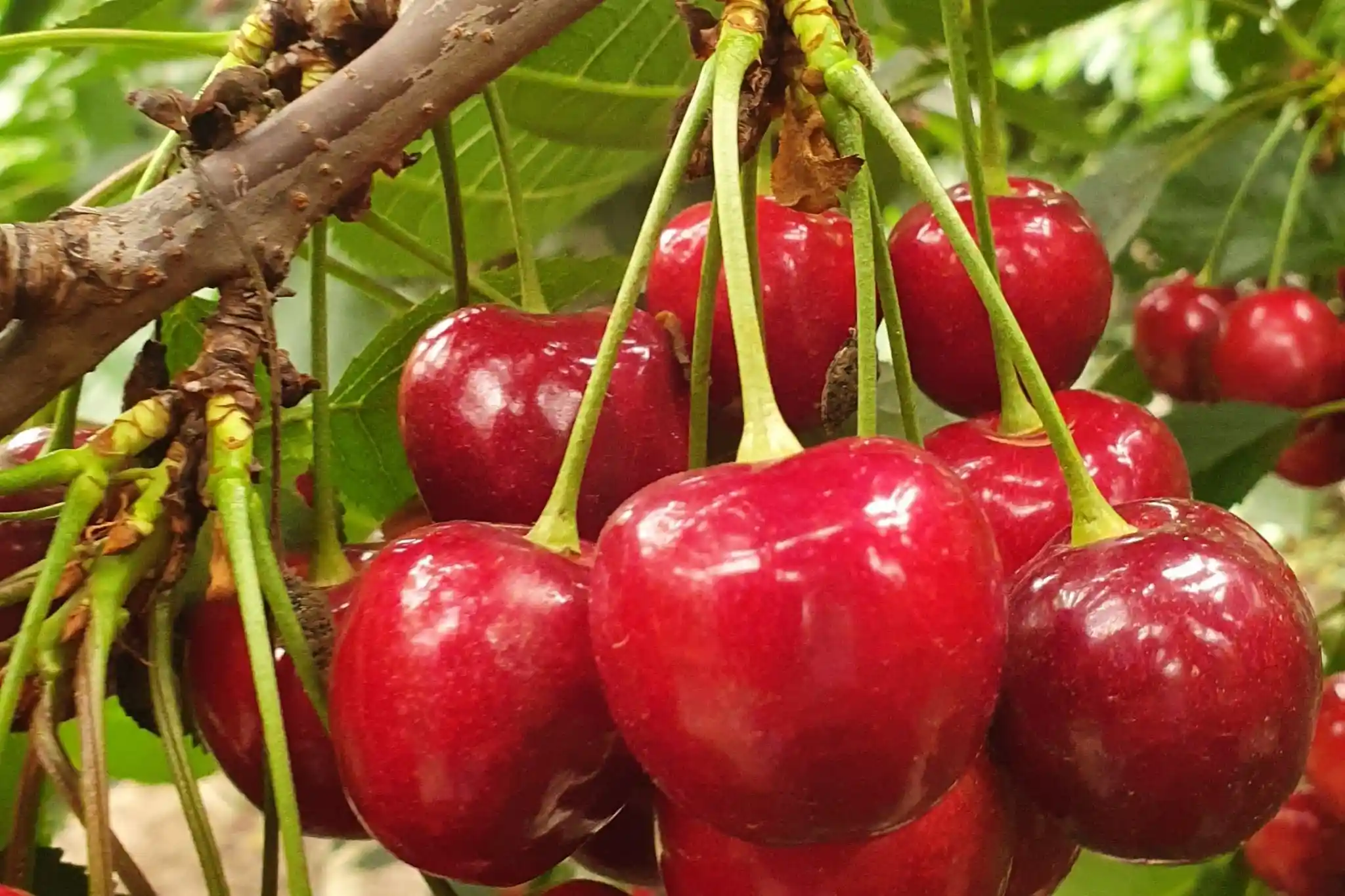At CherryTech 2025, the Chilean expert delivered a strong message to the industry: more technique and more efficiency are needed, but never at the expense of fruit quality and condition.
At the recent edition of CherryTech held in Santiago, Chile – an event that brought together over 1,600 professionals from the cherry supply chain – Carlos Tapia, a leading consultant in the sector, posed a provocative question: “Are we ready for the second half of the cherry game?”
Tapia, technical director of Avium and co-founder of Smartcherry, led a Master Class analyzing the global cherry production landscape. One of the key topics was the evolution of the Chinese market: according to unofficial estimates, China may already have around 200,000 hectares of cherry orchards, with production expected to grow rapidly over the next five years.
Chile at the top, but the real competition is internal
With pride, Tapia recalled that Chile is currently the world’s leading exporter of cherries and number one in the southern hemisphere: “An extraordinary achievement – he said – that confirms our global leadership.”
But who is Chile’s real competitor? Tapia’s answer is surprising: “The real competitor for a Chilean grower is the neighboring field.” With about 78,000–80,000 hectares planted as of 2024, of which 65,000 were already in production last year, internal competition is intensifying.
In terms of varieties, the most common cultivars remain Lapins, Santina, and Regina.
Quality is non-negotiable
One message that clearly emerged during the event was this: fruit quality and condition are non-negotiable.
Tapia explained that dry matter and sugar/acid ratio are the key parameters, and that 85% of packed fruit should fall into category 1, with at least 70% of cherries above 28 mm in size (category 2J).
Minimizing small calibers and aiming for 70% in 2J is, according to Tapia, the most strategic technical goal – also in terms of profitability: “Up until 2025, fruit size was the main economic indicator, but without ever losing sight of overall quality.”
To meet these standards, Tapia recommends intensive management of load, lighting, ventilation, and covering systems – all essential to maximize orchard efficiency.
How to stay competitive: cut costs without touching quality
“Producing high-quality cherries at sustainable costs”: this, according to Tapia, is the key to maintaining profitability. But where can savings be made?
The expert points to several areas of potential cost reduction: nutrition, pruning, fruit thinning, orthopedics, and harvesting. However, he warns: “You can’t cut back on what generates value. For example, cutting nutrition costs by 50% yields at most a 25% reduction in total cost: it’s better to focus on yield per kilo produced.”
According to Tapia, the maximum sustainable cost per packed kilo is $2 (around €1.85). But more than focusing solely on costs, attention should remain on productivity per hectare: “We need good crop load regulation and a renewed technical approach in the field.”
He concluded with a simple yet powerful formula: “Clear instructions and tidy orchards” for a productive future that meets global challenges.
Source: portalfruticola.com
Image source: SL Fruit Service
Cherry Times – All rights reserved












